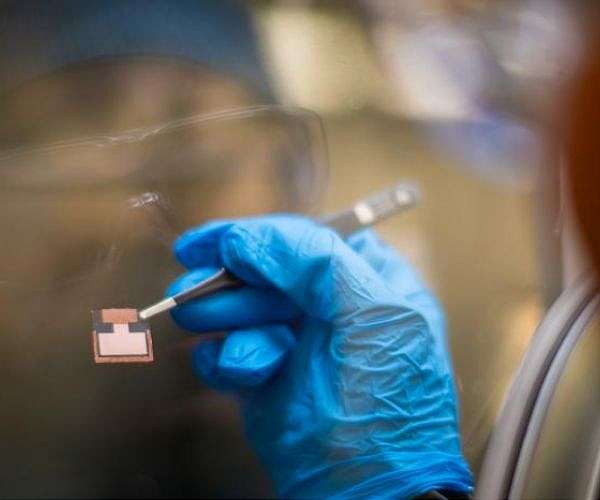The advancement of perovskite improves the efficiency and lifespan of solar cells
A global team led by the University of Surrey, in collaboration with Imperial College London, has developed a method to improve the efficiency and durability of perovskite solar cells by tackling an invisible degradation pathway.
The University of Surrey’s Advanced Technology Institute (ATI) detailed their findings in ‘Energy and Environmental Science’, showing that by applying specific design strategies they have successfully created lead-tin perovskite solar cells that achieve energy conversion efficiency (PCE) of more than 23% – a significant result for this material type. Notably, these improvements also increased the operational lifespan of these cells by 66%. PCE measures the share of sunlight that is converted into usable energy by a solar cell.
While traditional silicon solar panels are already widely used, progress is toward perovskite/silicon hybrid panels, and fully perovskite-based panels promise even higher efficiency. However, improving the stability and efficiency of lead-tin perovskite cells remains a major hurdle. This research from the University of Surrey sheds light on mechanisms that contribute to these limitations and offers a way to overcome them, aiding the wider advancement of solar technology.
Hashini Perera, Ph.D. student and lead author at ATI, stated: “The insight we developed from this work has allowed us to identify a strategy that improves efficiency and extends the operational life of these devices when exposed to ambient conditions. This advance is an important move toward high-efficiency, long-life solar panels that will give more people access to affordable clean energy while reducing dependence on fossil fuels and global carbon emissions.”
The team focused on minimizing losses caused by the hole transport layer, crucial for the functionality of solar cells. By introducing an iodine-reducing agent, they softened the degradation effects, improving both the efficiency and longevity of the cell. This innovation paves the way for more sustainable and economically viable solar technology.
Dr. Imalka Jayawardena from the University of Surrey ATI, co-author of the study, said: “By significantly improving the efficiency of our perovskite-based solar cells, we move closer to producing cheaper and more sustainable solar panels. working to refine these materials, processes and device architecture to address the remaining challenges.”
Professor Ravi Silva, Director of the ATI, added: “This research brings us closer to panels that not only generate more power over their lifetime, but also last longer. Greater efficiency and fewer replacements mean more green energy with less waste. The University of Surrey is building a 12.5 MW solar farm where we can test some of these modules. We are confident that our innovative perovskite research will accelerate the widespread commercial adoption of perovskite-based solar panels.”
This progress is consistent with the UN Sustainable Development Goals, specifically Goals 7 (affordable and clean energy), 9 (industry, innovation and infrastructure) and 13 (climate action).
Research report:23.2% efficient low bandgap perovskite solar cells with cyan management


